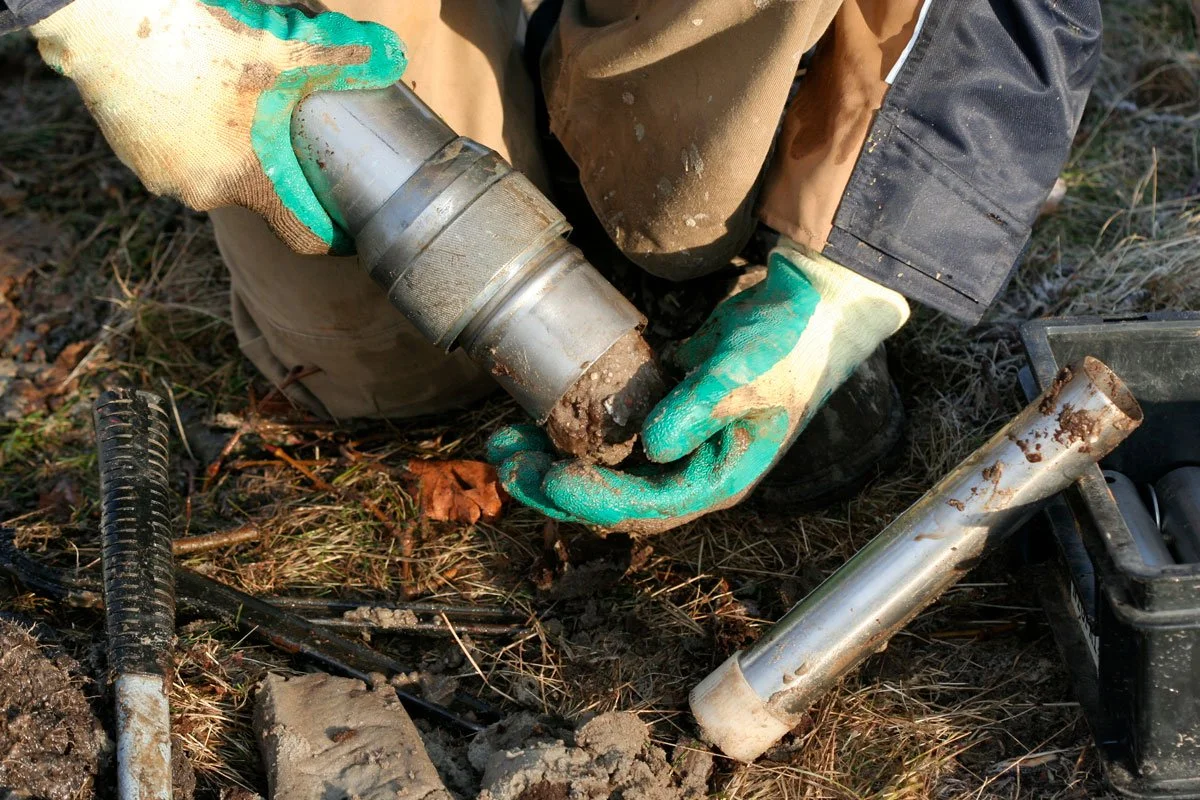
Carbon Credit Methods
What can I do on farm to earn carbon credits?
You don’t need to be a large company to generate carbon credits
Farmers and landholders can access credits through several approved methods under the Climate Solutions Fund (formerly Emissions Reduction Fund). Below is a plain-English guide to the methods most relevant to agriculture — and how CMS can help you navigate them.
⚠️ You can also join forces with others in your Landcare or grower group to build a collaborative project — increasing scale and reducing costs.
Top On-Farm Carbon Credit Methods
Soil Carbon Sequestration
Native Tree & Shrub Plantings
(Environmental Plantings)
Managing Stock to Regrow Native Forests
Beef Herd Management (Methane Reduction)
Reducing Nitrous Oxide in Cotton Production
Storing Carbon in Your Soils (Soil Carbon Method)
After years of advocacy and refinement, the Soil Carbon Method is now a viable and important path for landholders to earn credits while improving soil health. While some requirements remain complex, new updates are streamlining the process.
Eligible farming systems:
Cropping, grazing, horticulture, or mixed enterprises
Land used for these purposes in the past 10 years
Land that can be sampled to at least 30 cm depth
Examples of eligible practices:
Changing grazing or pasture management
Converting cropland to permanent pasture
Water ponding to enhance rainfall use
Clay spreading or delving
Compost or biochar application
Pasture cropping
Use of synthetic/non-synthetic fertilisers (within guidelines)
Introducing irrigation (where newly eligible)
New or innovative practices that can be assessed
Key factors for success:
Soil type, rainfall and climate
Historical management
The specific practices applied
CMS can help you determine if your project is eligible and walk you through the steps — from concept to credit issuance.
Updates you need to know
Soil Carbon Method Review (2024–2025)
The current Soil Carbon Method (2021) is under review following debate over the accuracy of soil carbon increase claims in earlier projects. This review is critical — and CMS is actively engaged in the process.
We stay across all changes and will guide clients through updates as they emerge. Our goal is to ensure landholders aren't penalised by shifting goalposts — and can continue participating with confidence.
New CER Soil Sampling Guidance (2024)
The Clean Energy Regulator has released updated soil sampling guidance, aimed at improving clarity and reducing confusion for proponents.
Key improvements include:
More streamlined instructions
Greater flexibility in sample design
Clarified auditing and baseline measurement requirements
CMS can help you interpret this guidance and apply it directly to your project plan. Our aim is to make compliance easier and support high-integrity carbon outcomes.

